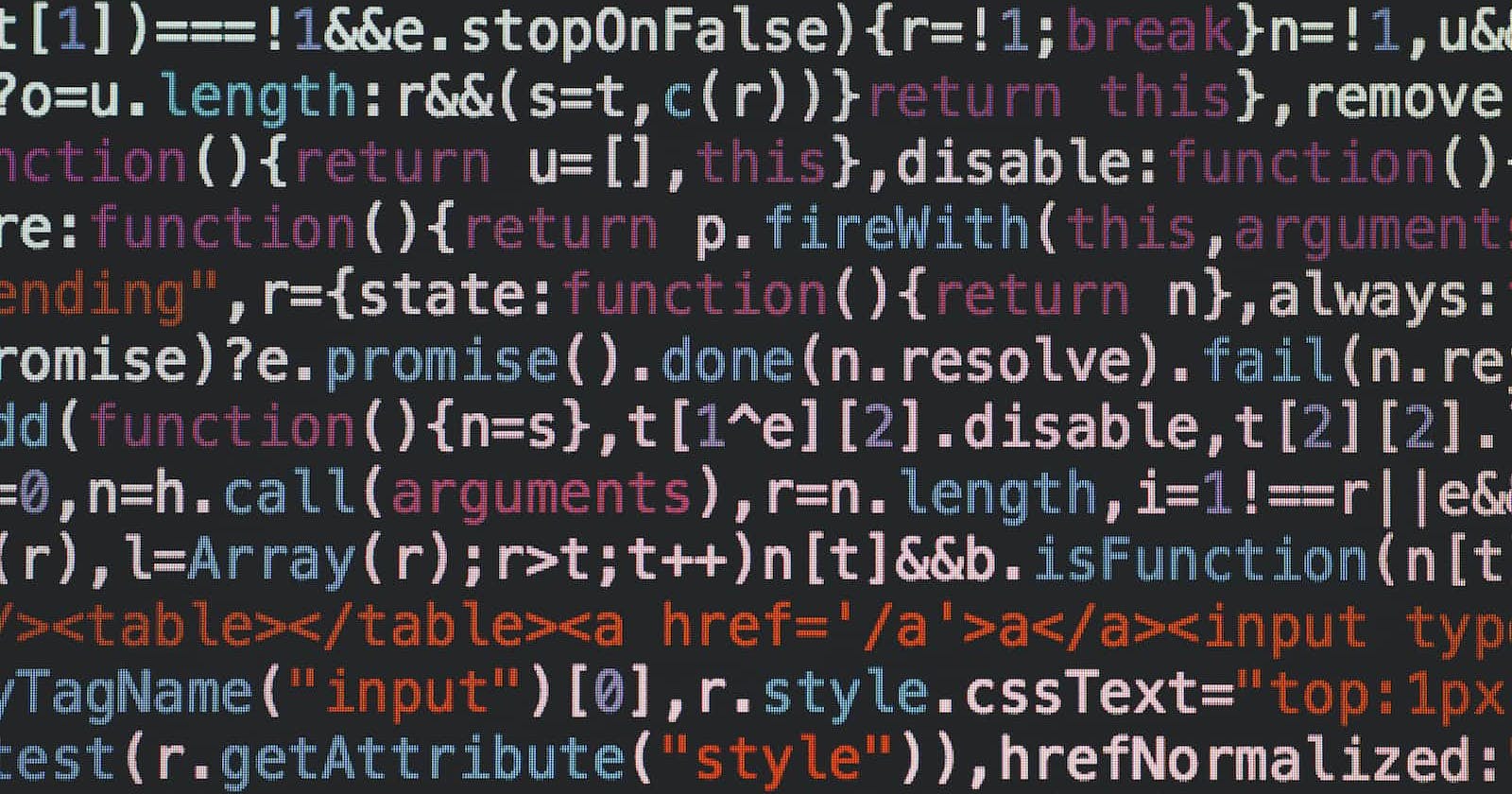Table of contents
Before we begin, you need to know a term called "Crawlers"
Crawlers:
An automated program called a web crawler, commonly referred to as a spider or bot, searches the internet and indexes online pages. By tracking the links on a webpage and adding them to a list of URLs to be visited, web crawlers' primary goal is to find new web pages and update ones that already exist. Search engines utilize them to create an index of web pages that they can search through to identify pages that are relevant to a user's query.
Let's get started!
The method for carrying out a web search is complicated and uses a wide range of technologies and algorithms. Online crawlers, commonly known as spiders or bots, are automated programs that scan the internet and index web pages. They are a crucial component of web search, though. Here is a quick explanation of how a search engine operates:
A seed URL, or website that has been explicitly chosen by the search engine as the starting point for the crawl, is where web crawlers begin their search. The web crawler starts by visiting the seed URL, which is the initial website it accesses, to look for links to other pages. The homepage of a website is frequently the seed URL, although it can also be any webpage where the search engine wants to begin the crawl. The seed URL is chosen as the web crawler's beginning point because it is the initial webpage the crawler must visit in order to start finding and indexing new web pages.
The web crawler searches a webpage for links to other pages once it has arrived there. It clicks on these links, adding them to a list of URLs that will be viewed later. Every time the web crawler hits a new website, this process is repeated, enabling it to find new web pages.
A web crawler visits a website and gathers important data from it, including the page's title, description, and content. This data is used to add a record for the website to the index of the search engine.
Search engines may efficiently look up a web page using the index, which is a data structure, using keywords or other information. The indexing procedure is essential because it enables search engines to easily locate and show online pages that are pertinent to a user's query.
The process of indexing also entails content analysis, in which the search engine's algorithm employs natural language processing to identify the meaning of the text and the context of the words used.
The algorithm also makes use of machine learning strategies to comprehend the popularity and relevance of the page. When a query is received, the indexed pages are also given a relevance value based on multiple ranking parameters. This relevance score will be used to order the pages.
A cache, or temporary storage space, is another place where the web crawler stores copies of all the pages it sees. If a user requests the page again in the future, the search engine can then efficiently provide the user with a cached copy of the content.
More about caching -
Caching is a method for reducing the amount of time it takes for frequently visited web pages to load. To provide the page to the user without having to request it again from the server, it includes preserving a copy of the web page on the client's computer or the server.
The first thing a browser does when a user requests a webpage is to see if a cached copy of the page already exists on the client's device. If so, the cached copy of the page is loaded by the browser, which may be quicker than asking for the content again from the server.
Additionally, web crawlers employ caching to save a duplicate of each page they access in a cache, a temporary storage location. If a user requests the page again in the future, the search engine can then rapidly provide the user with a cached copy of the content. For pages that are not likely to change regularly, like those on governmental websites, this is especially helpful.
As fewer queries are made to the server and fewer data needs to be sent over the network, caching can significantly enhance a website's performance. Additionally, it lessens server demand, which can aid in preventing server overload and enhancing the general scalability of the website.
Web crawlers periodically return to pages to check for updates and re-index them since web pages are always changing. This makes it easier to make sure the search engine's index is correct and current.
By viewing pages that have never been indexed before, re-crawling also aids in making sure that the search engine's index is complete and accurate. Taking into account the popularity, interaction, and fresh content on the page also helps to keep the ranking of the pages current.
The last step is that an algorithm used by search engines ranks and sorts the web pages that web crawlers have indexed. The relevance, popularity, and authority of the page are only a few of the numerous criteria used to determine the ranking. This procedure is used to select which pages should appear at the top of the search results since they are the most pertinent to the user's query.
This is how the web works internally, with in-depth knowledge. If you guys find it helpful or learn something new, please make sure to follow me and consider the newsletter.

